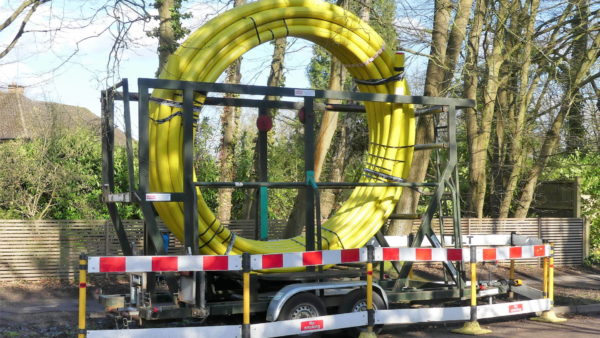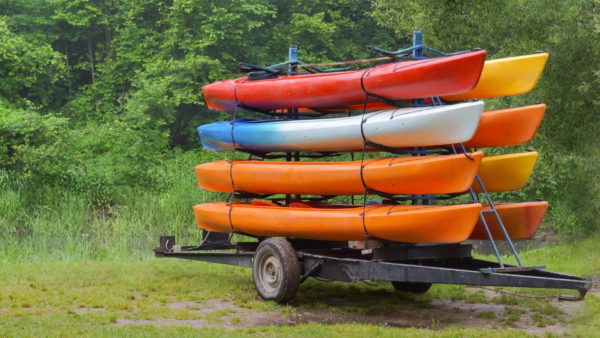There are three main types of trailers: flat deck, cage and box. A flat deck either doesn’t have sides or has short sides (typically less than 500mm). A cage trailer is similar to a flat deck but has cage sides often up to 2 metres. A box trailer is fully enclosed. Each trailer has its own advantages and disadvantages.
Flat deck trailers
Without sides, they are useful for larger vehicles such as racing cars. With sides, they are good for smaller vehicles such as ride-on lawnmowers, quad bikes, etc, plus general items such as building materials, sand, gravel and garden waste (with a tarpaulin or net).
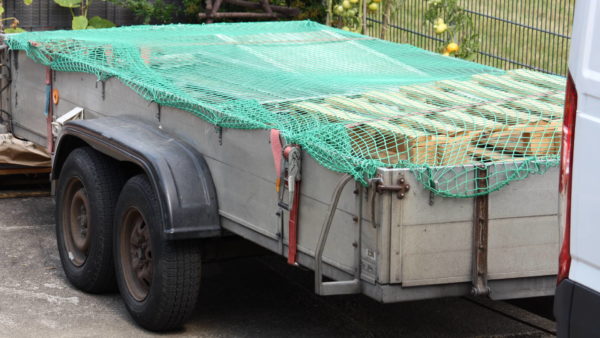
Cage trailers
Cage trailers are useful for mixed loads that might include some looser items.

They are more aerodynamic than box trailers when empty. Where items don’t need weather protection, they can be slightly more convenient than box trailers as you can load them from the top.

Box trailers
Box trailers provide the best weather protection and security. The walls tend not to be very strong, so heavy loose items must be restrained effectively.
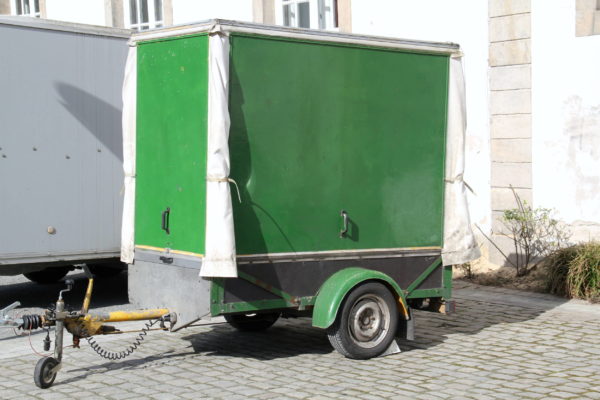
Examples of common items and how to carry them
Vehicles
Use chains for vehicles such as excavators and skid steers and attach them to the designated anchor points. Attachments for these, such as buckets, should be restrained separately.
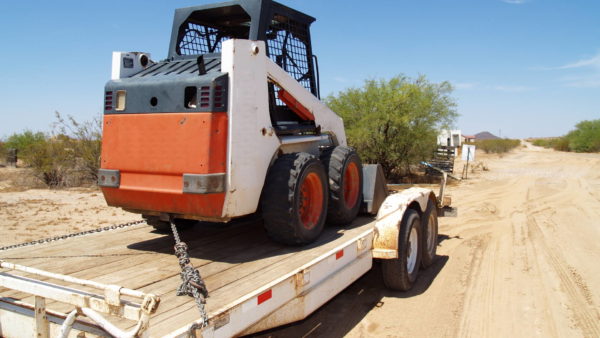
Use ratchet straps for wheeled vehicles such as cars, light utility vehicles, quad bikes and ride-on mowers. Use designated anchor points or run the straps over the wheels (if they can be tightened appropriately) or over the suspension components. Don’t trap hoses and brake lines.
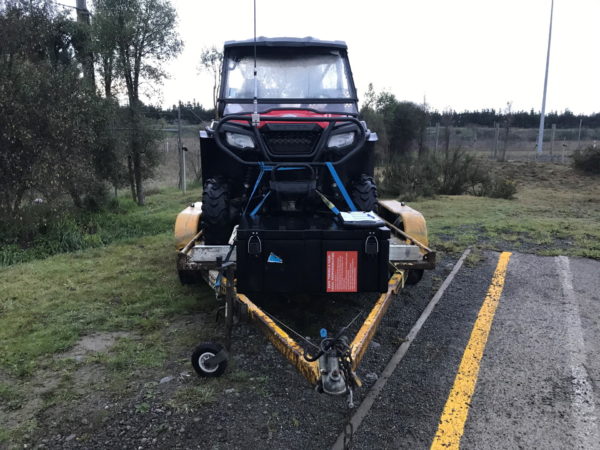
Wood and logs
Logs can be transported in a flat deck trailer with sides or in a cage trailer. They should be covered with a tarpaulin to avoid bark and smaller wood chips being blown off.
Poles should be bound together and strapped down using ratchet straps. Containing them within a cage trailer or a flat deck with a headboard is the best option. Tie them in groups of 3.
Filleted timber can be choked and strapped down. If it’s in packets and shrinkwrapped, use ratchet straps, but be careful not to damage the edges. Use edge protection to spread the load.
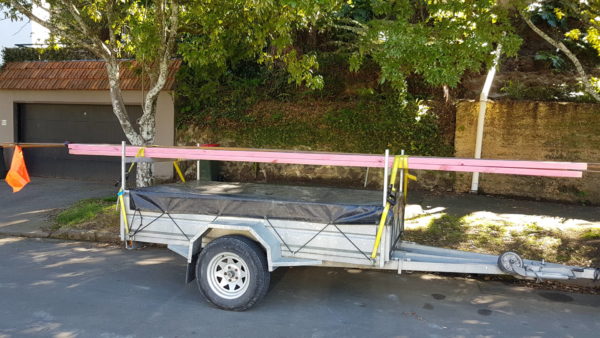
Garden waste and plants
A cage trailer is good for garden waste. Tie or strap it down and cover it with a tarpaulin to stop leaves and loose twigs blowing off in transit.
It transporting plants, a box trailer is the best option. If transporting them in a cage or flat deck trailer, lay them down, pot end forwards and cover them with a wet blanket to protect them from the sun and wind.
Large flat objects
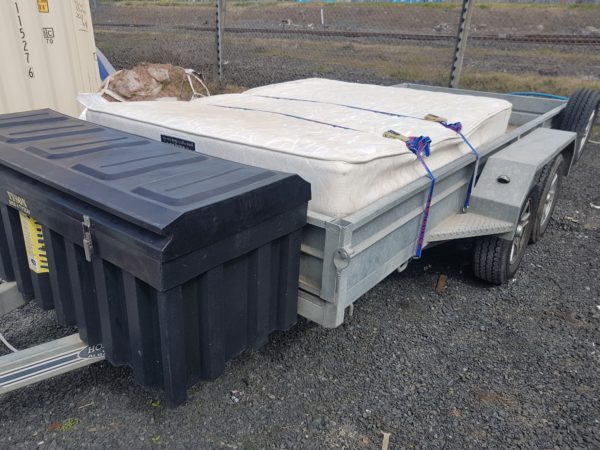
Mattresses and large sheets of wood need to be secured with at least two straps. Wood may need to have dunnage underneath or on top to increase the tie-down angle so that it doesn’t slip out of the straps. You can strap lengthways as well as across the load.
Crates and boxes
These should ideally be transported in a box trailer. Boxes will be crushable and therefore difficult to strap down effectively without corner boards to protect the edges.
Crates can be put on a flat deck trailer. Use straps to secure them.
Miscellaneous tools
Smaller tools, brushes, rakes, ladders and the like should be carried in custom compartments or tied down to the deck.
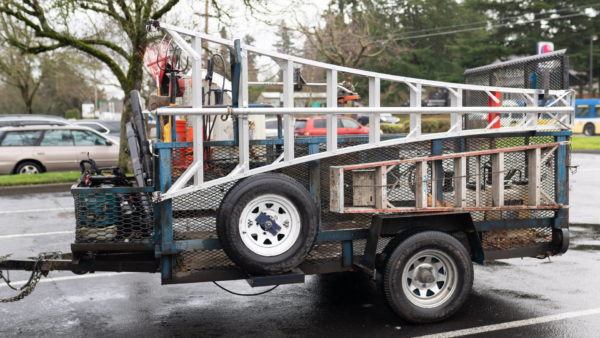
Objects with difficult shapes
Custom racks are the best option for objects that are difficult to pack or restrain. These include things like bikes, kayaks and large amounts of pipe.
